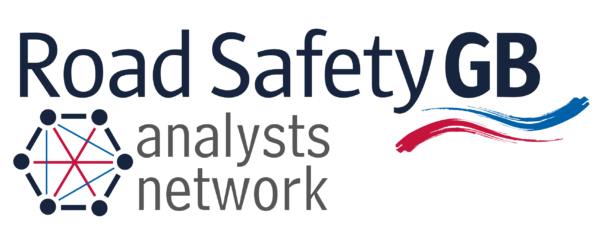Hospital Episode Statistics (HES) data has been used historically by the Department for Transport (DfT) to compliment STATS19 reporting. The DfT have carried out HES data linkage analysis at a national level and developed a methodology which could potentially be replicated on a local level. The methodology is documented here. The coding allows inpatients whose injuries have been caused by road traffic collisions to be identified. This allows the reporting of the under-reporting of seriously injured casualties and how they compare for different road user types and provides valuable insight into the accuracy of both reporting levels and casualty severity assessments in STATS19. HES data provides a better understanding of those admitted to hospital, the types of treatment and the outcomes. Connecting road safety data to health data can address the limitations of STATS19 data and contribute to an improved evidence base for road safety strategy and policy. Useful analysis is presented in Reported Road Casualties Great Britain 2015 here.
In terms of accessing HES data, difficulties with data sharing render this data source largely inaccessible for local analysis. Nationally, the data needs to be requested through the NHS Digital DARS service (Data Access Request Service) DARS. Locally it may be possible to request data through NHS Commissioning Support Units, Clinical Commissioning Groups or Provider Hospital Trusts, all subject to data sharing agreements being drawn up and data sharing protocols being followed.
Trauma Audit and Research Network (TARN) data and STATS19 data can and has been linked using incident location information and an initial feasibility study has been carried out and published here. The DfT are happy to share the code for matching datasets on a local level to interested parties. The value of this is to help quantify the burden placed on the NHS for the most serious road casualties and to examine post-crash care. More information is provided on clinical outcomes, and there is potential for the analysis to be used to identify culpability and profiles of drivers causing the most serious injuries on the roads which can be used to target road safety interventions. TARN data is updated three times a year.
As well as the DfT feasibility study, two local projects have involved linking TARN to STATS19 data. These include the TRIP Project and DocBike.
TARN data is made available for research and data sharing agreements need to be drawn up. Data storing protocols must be followed. More information can be found here
